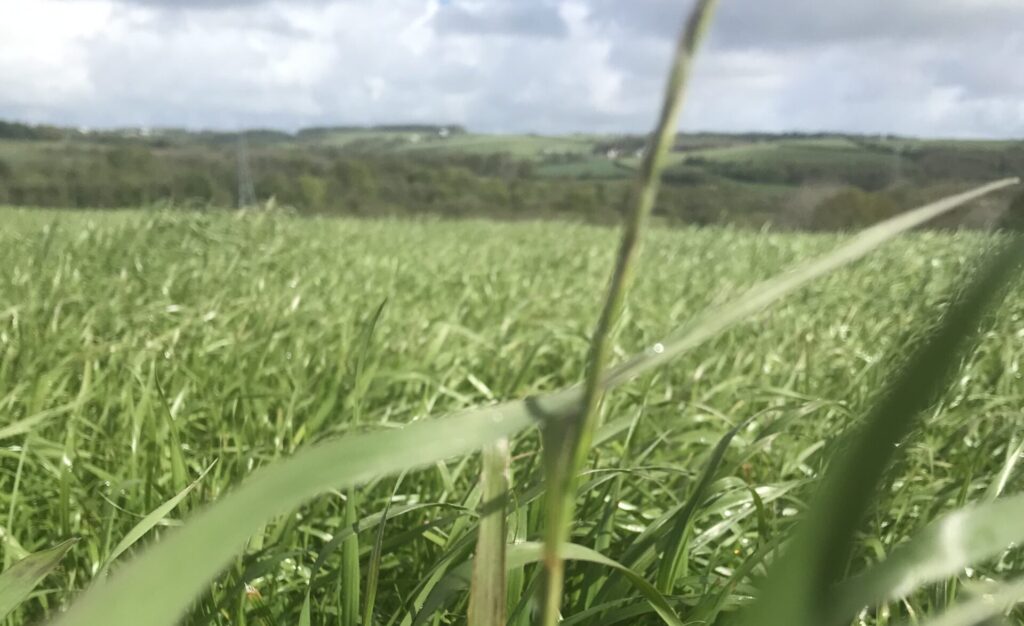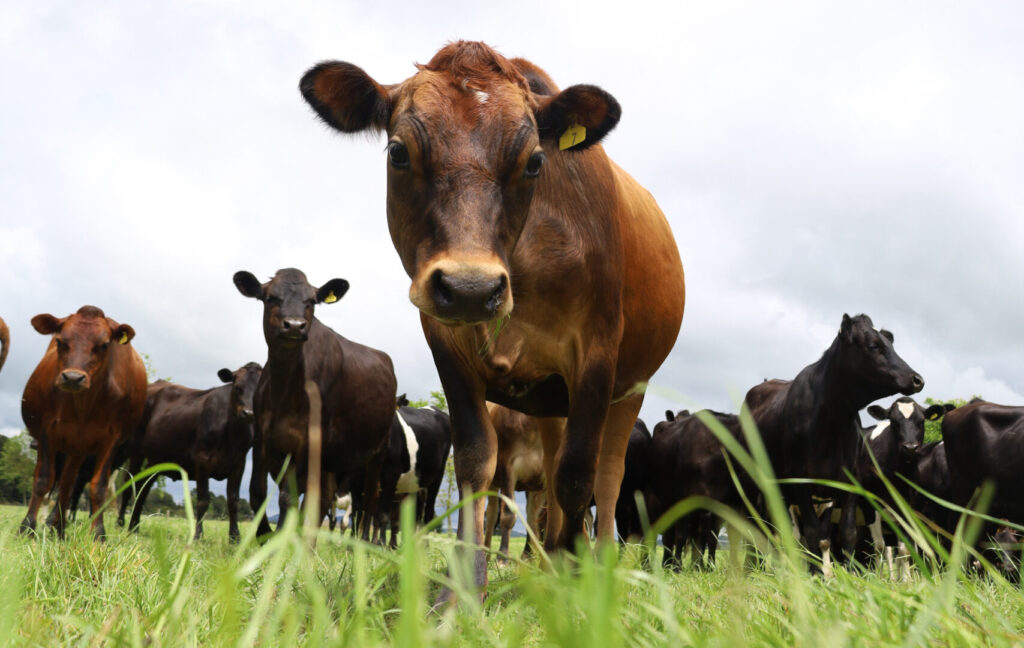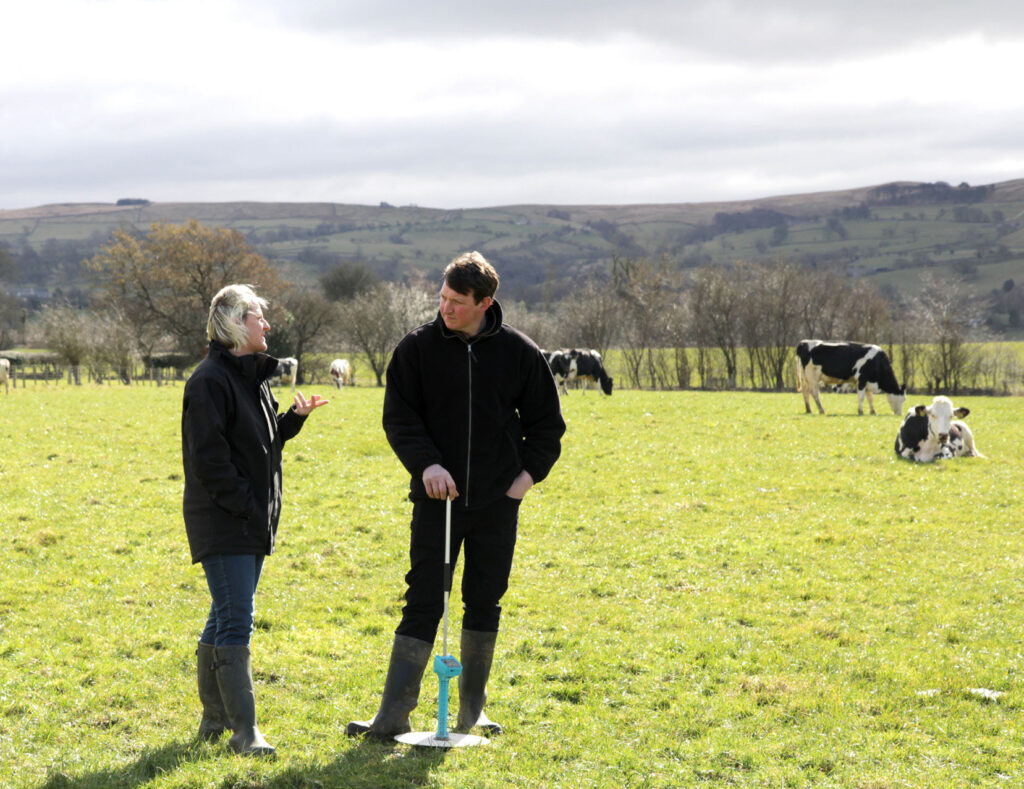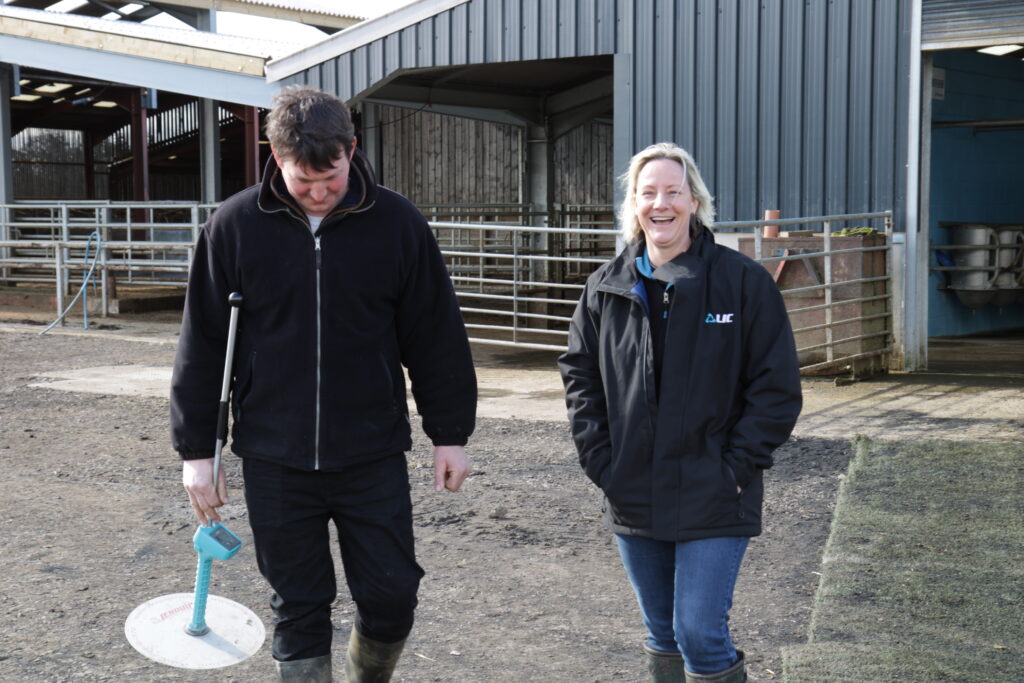We take another look at Walford College farm and see how they are performing.
The current situation:
The cows are producing an average of 22.5L/cow over the entire herd, the fat percentage is 4.3% and protein percentage is 3.3%, the production per cow has lifted since drying off the spring calving cows.
All milking cows are getting an average ration of 7KgDM maize and 7kgDM grass silage with 2KgDM fodder beet and 5.4Kg of concentrates. The dry cows have been transitioned onto the fodder beet crop successfully.
The milking cows will be turned out during the day from 10/2 and the rest of the stock will be turned out on the 24/2. There’s been some slight snow and frost damage on the highest covers (3100KgDM). With 3 weeks left in the breeding season the interim incalf results taken just before Christmas are looking good with 55% cows incalf, the best result out of this was that all but one first lactation cows got incalf.
The conception rate on the maiden heifers is lower than desired, this needs further investigating to find all contributing factors. The feedpad is now in use which has resulted in the mixer wagon no longer being needed, as a result this year the farm will be looking to implement Beta Maize (ensiling fodder beet within maize)
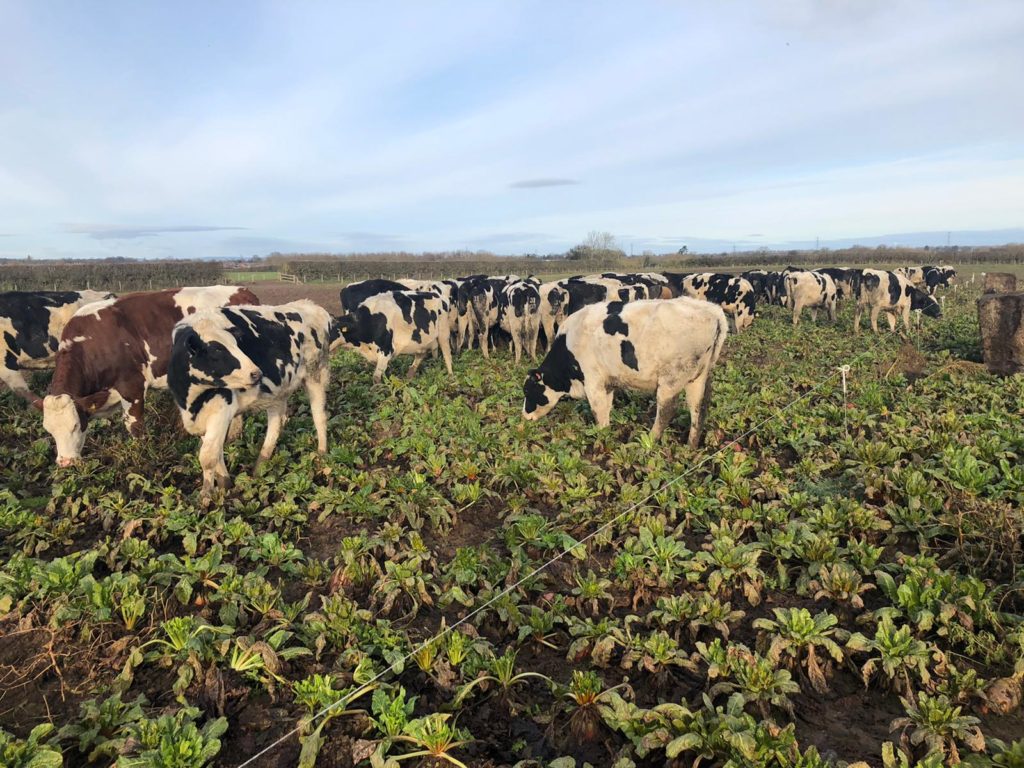
LIC's recommendations:
The oldest calves are coming up 6 months of age and need to be at 30% of mature weight at this point, separate out the calves that are at or above this target and keep the calves under this or those younger on current feeding regime.
Target your high covers that have had some degree of snow or frost damage with the heifers. If the fodder beet is going to last past the spring cows coming off, the 10 month-old calves could go on, but will need minerals before doing so. They’ll need to be transitioned on like the cows, but will need access to a high protein source like grass.
Think about your silage needs over the coming weeks and the rate you’ll be moving through it in relation to opening it up further consumption. Monitor the cows on the fodder beet to ensure they don’t put on too much condition.
